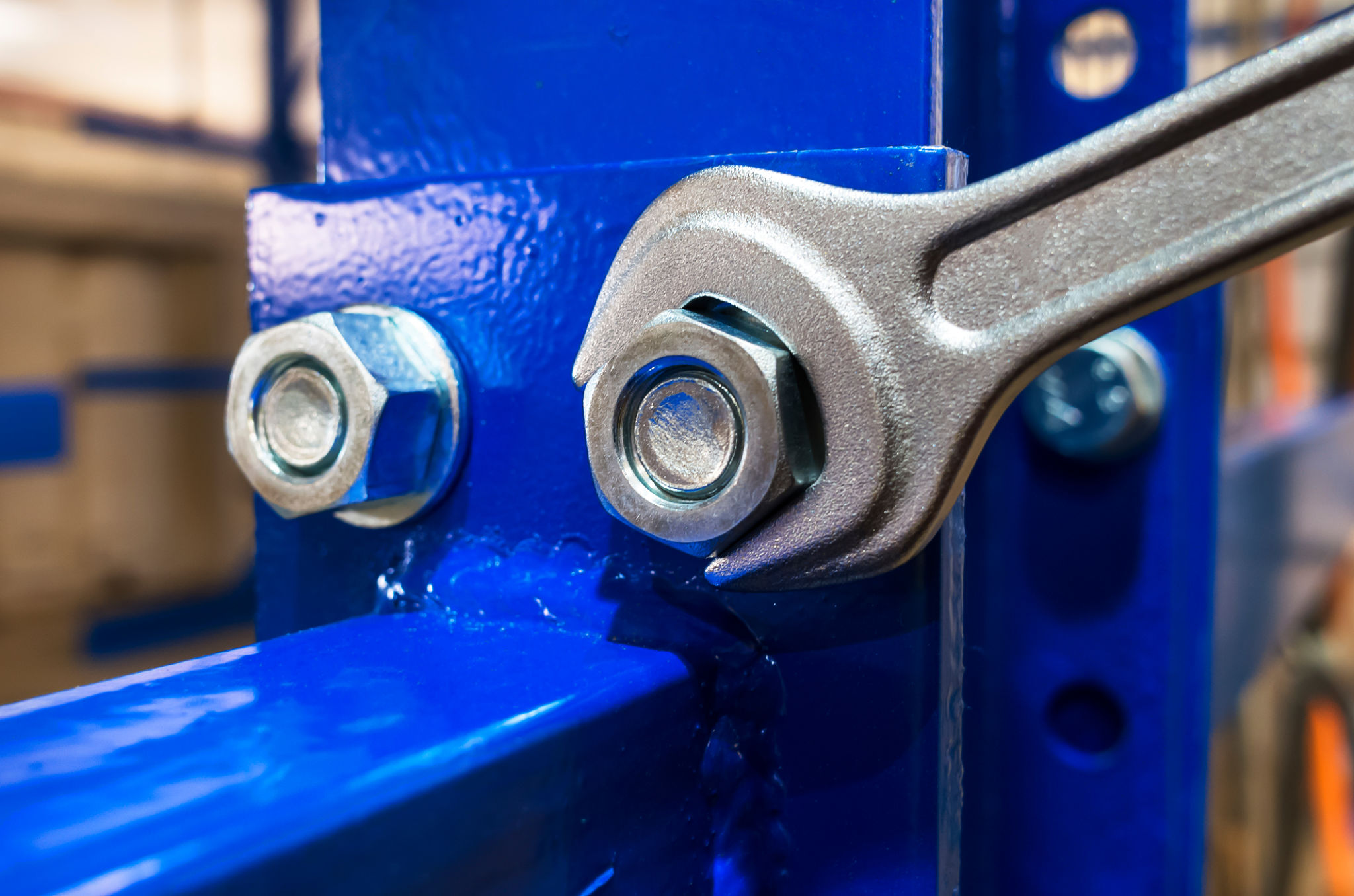Expert Advice on Maintaining Assembled Furniture in Virginia
Understanding the Basics of Assembled Furniture Maintenance
Maintaining assembled furniture can often be overlooked, yet it is crucial to preserve the longevity and appearance of your pieces. Whether you've assembled your furniture yourself or had a professional do it, regular maintenance is key to ensuring it remains in top condition. In Virginia, where climate variations can affect furniture, it's essential to stay proactive.
Start by familiarizing yourself with the materials used in your furniture. Wood, metal, and glass each require different care techniques. Understanding these distinctions will help you develop a maintenance routine that protects your investment.

Regular Cleaning and Dusting
One of the simplest ways to maintain your furniture is through regular cleaning and dusting. Dust can accumulate quickly, leading to scratches and dull finishes on surfaces. Use a soft, lint-free cloth to gently wipe down your furniture at least once a week. For wood surfaces, consider using a specialized wood cleaner to enhance its natural shine.
For upholstered furniture, vacuuming with an upholstery attachment can help remove dirt and debris. Spot cleaning stains immediately will prevent them from setting in and becoming permanent.

Protecting Against Environmental Factors
The climate in Virginia can range from humid summers to chilly winters. These fluctuations can impact your furniture if not properly protected. To prevent damage, avoid placing your furniture in direct sunlight, which can cause fading and warping over time.
Consider using curtains or blinds to block harsh sunlight and maintain a consistent indoor temperature. Additionally, using coasters, placemats, and protective pads can safeguard surfaces from heat and moisture damage.
Inspecting and Tightening Joints
Assembled furniture is prone to loosening over time, especially if it experiences frequent use. Periodically inspect your furniture for any loose screws or joints. Tightening these connections can prevent wobbling and potential breakage.
If you notice any damaged parts, address them promptly. Replacing worn-out components can extend the life of your furniture and ensure its safety for everyday use.

Applying Finishes and Treatments
To maintain the appearance of wooden furniture, applying a finish or treatment can be beneficial. These products can protect against scratches and moisture while enhancing the wood's natural beauty. Choose a product that matches your furniture’s original finish for best results.
For metal furniture, applying a coat of rust inhibitor can prevent corrosion, especially in humid environments like those sometimes found in Virginia.
Seeking Professional Help When Needed
If you're uncertain about how to maintain specific types of assembled furniture, don't hesitate to seek professional advice. Furniture experts in Virginia can offer personalized tips based on the materials and construction of your pieces.
Additionally, consider professional cleaning services for deep cleaning needs that go beyond regular maintenance. This can be particularly useful for intricate or delicate pieces that require expert handling.

Conclusion: Consistency is Key
Maintaining your assembled furniture doesn't have to be a daunting task. With regular care and attention to detail, you can ensure your pieces remain beautiful and functional for years to come. Remember, consistency is key. By integrating these maintenance tips into your routine, you'll protect your investment and enjoy your furniture's comfort and style for many years.
